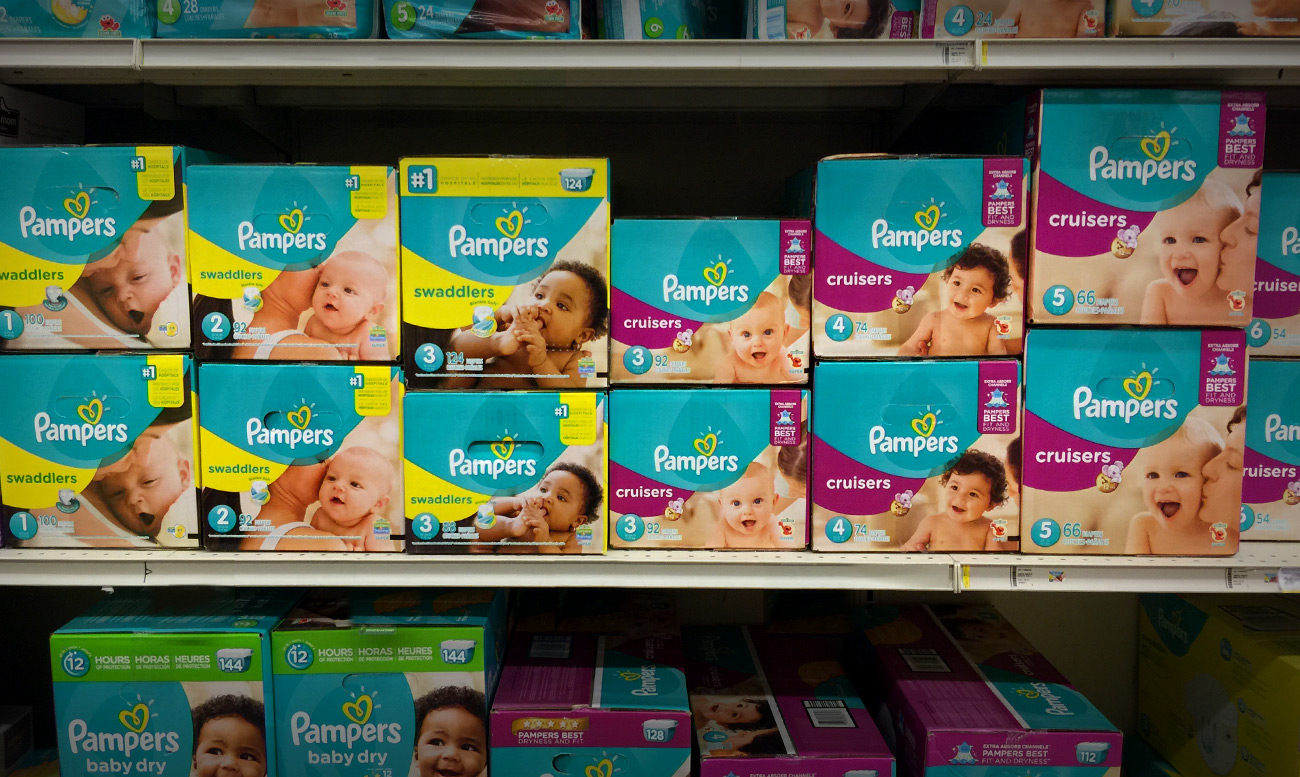Challenge
Procter & Gamble: Pampers Stages of Development

PROJECT
CLIENT
SERVICE
- Strategy
INDUSTRY
- Consumer
By the late 90s, Pampers’ biggest competitor had closed the gap with consumers, leaving P&G in search of an innovative way to reclaim their top spot in the diaper category.
In the 1950s, a researcher from Procter & Gamble observed that his new grandson’s cloth diapers fit poorly, leaked often, and required constant laundering. This observation led to an innovation that transformed the future of P&G, and the market for baby products worldwide.
For the three decades following the introduction of Pampers to American consumers, Procter & Gamble dominated store shelves as the bestselling brand of disposable diapers. By the late 90s, however, Pampers’ market share dropped. Their biggest competitor, Huggies, had closed the gap with consumers, leaving P&G in search of an innovative way to reclaim their top spot in the diaper category.
Research & Insights
The success of the original Pampers design was built upon its functional benefits: to absorb waste and prevent leaks. Yet our initial research revealed that P&G was unlikely to gain new market share by simply doing the same thing better—that is, making a more functional diaper. From consumers’ perspective, both Pampers and Huggies already offered exceptional functional performance. (Some parents even felt diapers were too absorbent!)
Rather than focusing on functional benefits, we set out to uncover the emotional drivers behind consumers’ buying behaviors. In a series of “coffee and chat” sessions with our team, mothers expressed genuine concern around their babies’ growth stages, and celebrated when their children reached key milestones. This made us wonder: How could a diaper promote and support what really matters to moms—their child’s development?
Reframing the challenge around promoting early childhood development enabled us to rethink the product’s form and construction in terms of how it met the specific needs of each growth phase. Our team envisioned a future line of Pampers that focused on three life stages: sleeping through the night, learning to crawl and walk, and training the way out of diapers. We also developed naming and packaging to communicate this new value to consumers.
Solution
Our team presented Procter & Gamble with a 10-year lighthouse strategy for the Pampers Baby Stages of Development, which included a roadmap for making this vision real. We also worked with P&G to design the initial line of products: Swaddlers helped infants to sleep through the night; Cruisers gave babies greater mobility to crawl and walk; and Easy-Ups supported toddlers-in-training.
More than a simple change in segmentation, this shift toward a focus on early childhood development enabled Pampers to deepen their relationship with consumers, connecting on an emotional level rather than a merely functional one.

Results
With the release of its Baby Stages of Development line, Pampers reclaimed their reigning position as the No. 1 brand of disposable diaper, a category they’d created nearly half a century earlier. In recognition of this accomplishment, P&G awarded Continuum their A.G. Lafley Innovation Award.
Pampers has not slipped from their top spot since introducing Baby Stages of Development to the market. In fact, the brand continues to grow. In 2012, P&G annouced that Pampers had become their first “Ten Billion Dollar Brand.”


